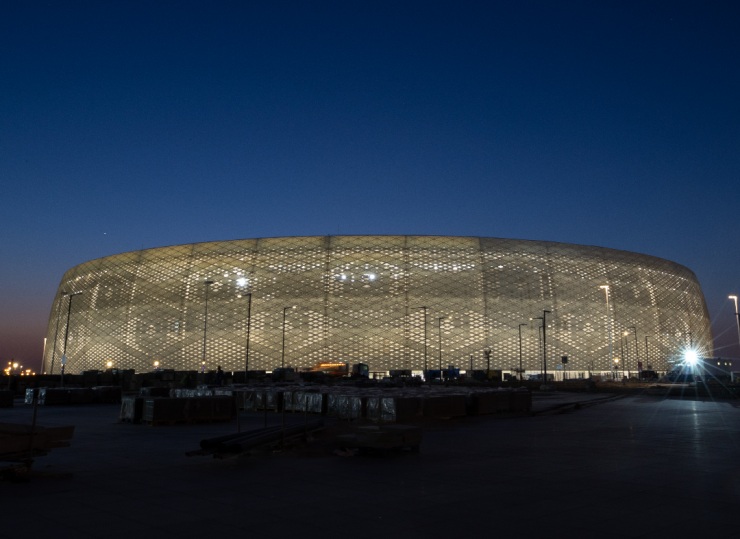
Doha: The headgear, which was invented by man since ancient times, was born out of the need for protection from weather factors. However, its forms, names and types differed according to the environment and developed throughout history to move from the stage of protection to the purposes of adornment, until it became for every people a cultural symbol and an announcement of identity, customs and traditions.
Many factors were behind the diversity and differences in the forms of head coverings, including climate, raw materials in the industry, and the development of man in his culture and view of things, which was demonstrated by the exhibition of headgear within the events and activities accompanying the inauguration of Al Thumama Stadium, Qatar's latest 2022 FIFA World Cup venue.
The exhibition, which witnessed a large turnout of the fans who attended the Al Sadd and Al Rayyan match in the final of H H the Amir Cup, shed light on the history of head coverings in different cultures from around the world, which has become a symbol of expression of belonging for the majority of the peoples of the world.
Wearing his gahfiya, Qatari young man Mohammed Al Yafei looked at the different head coverings in the exhibition outside the Al Thumama Stadium, inspired by gahfiya, a traditional head hat worn by boys and men across the Arab and Islamic world.
Al Yafei said he had never thought about the existence of different head coverings, that every country has a different covering that expresses its identity, and that it is possible to know a person’s affiliation and roots through the head covering he wears.
He believed that the design of the Al Thumama Stadium in the shape of gahfiya is a victory for Qatari customs and traditions and that it will enhance the identity of future generations and belonging to the homeland.
Saleh Al Athba, another fan, praised the festive atmosphere, events and activities, including the headgear exhibition.
Al Athba said the stadium is an architectural masterpiece, and the idea of designing it in the shape of gahfiya is unique and unprecedented, especially as it is an expression of the identity of the people of the region and the Arabs in general, not just Qatar.
He explained that all of Qatar’s stadiums reflect Qatar’s heritage, not just Al Thumama, as each stadium tells a different story of Qatar’s ancient heritage, customs and traditions that have been passed down for generations.
